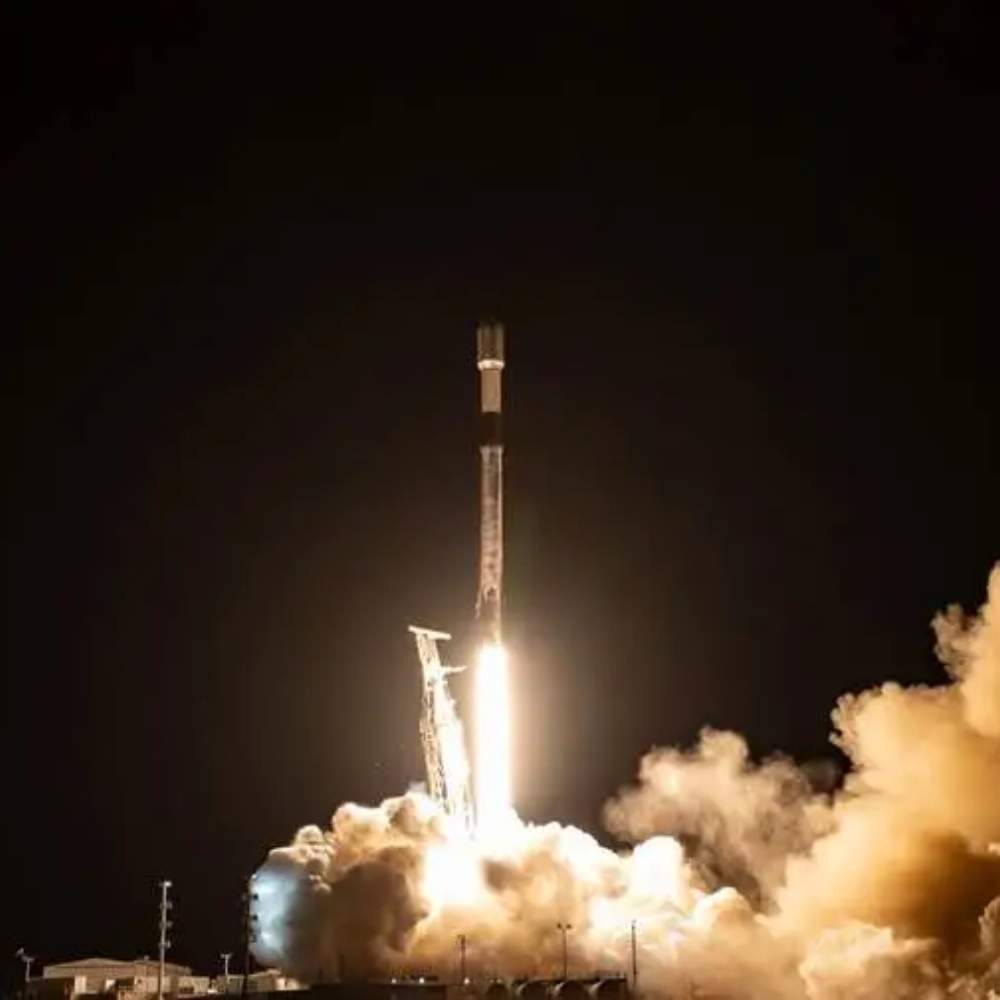SpaceX successfully launched 20 spare satellites for OneWeb on October 20, aiming to enhance the resiliency of the low Earth orbit (LEO) broadband network operated by French company Eutelsat. The satellites were launched aboard a Falcon 9 rocket from Vandenberg Space Force Base in California at 1:13 a.m. Eastern Time.
Eutelsat confirmed that it had established contact with each of the satellites shortly after liftoff. With this launch, Eutelsat now has a total of 654 satellites in orbit as part of its constellation. Although the company already possesses enough satellites in LEO to provide global coverage, it has faced delays in ground infrastructure development, hindering the rollout of its services. However, Eutelsat remains optimistic and is on track to initiate global services by spring.
Satellite Specifications and Manufacturing
The newly launched satellites are identical to those in OneWeb’s first-generation constellation, primarily manufactured by Airbus U.S. Space & Defense at its mass production facility located in Merritt Island, Florida. Eutelsat, which also operates a fleet of 36 geostationary satellites, has yet to announce a timeline for introducing LEO spacecraft with advanced technology. The company has chosen a phased approach for its next-generation constellation deployment strategy.
Future Plans and Decommissioning Strategy
Eutelsat anticipates starting the de-orbiting process for its first generation of OneWeb satellites in the next couple of years as they approach the end of their design lives. The company has indicated that it may extend the operational life of these satellites to ensure continuity for its customers while exploring options for next-generation technology.
Successful Launch and Recovery
The Falcon 9 rocket’s first-stage booster successfully returned to land at Vandenberg less than eight minutes after launch. This marks the 357th successful recovery of an orbital-class booster by SpaceX, underscoring the company’s commitment to reusability and cost efficiency in space operations.
Starlink’s Competitive Landscape
In the backdrop of this launch, SpaceX continues to expand its own Starlink LEO network, having deployed over 7,000 broadband satellites. The service has recently surpassed four million subscribers, positioning it as a leading player in the LEO broadband market.
Eutelsat and other traditional geostationary satellite operators are strategically focusing on leveraging the flexibility and resiliency of multi-orbit networks to effectively compete with Starlink, particularly for enterprise and government clients. As the demand for global connectivity increases, the competitive landscape among satellite operators is becoming increasingly dynamic.
Conclusion
The successful launch of these 20 satellites not only enhances Eutelsat’s capabilities but also highlights the ongoing evolution in satellite communication technology. As companies like SpaceX and Eutelsat strive to meet the growing demand for broadband connectivity, the advancements in LEO satellite technology will likely shape the future of global communications.







